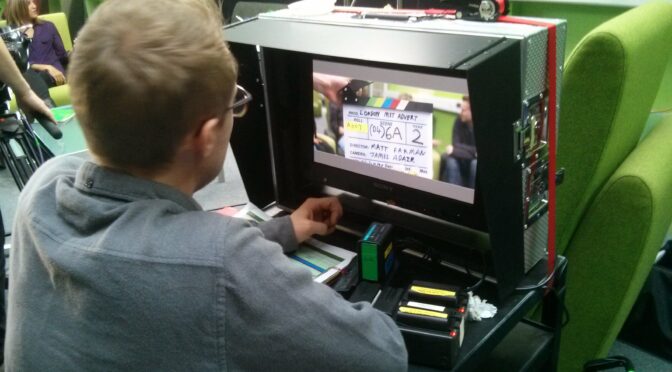As recently as 5 years ago, the vast majority of us would have tuned into our favourite show via our TV sets… at home… probably on the sofa. Today, the picture is very different. Almost half of adults aged 22 to 45 are not watching content on traditional TV platforms (AdAge) and 64.8 million people born between 1981 and 1996 will watch streaming videos or downloaded videos on a device at least once a month (Forbes). TV as we know is dead. Long live online streaming! Of course, TV isn’t actually dead. But the way we consume it has changed forever. Many people will still flick the TV on to catch their favourite series as it is released whether that’s X Factor or Silent Witness, but for most of us, on-demand has replaced live viewing as our preferred method of consuming any type of television content. And for Millennials and Generation Z who have come of age in a digital world, BBC and ITV are increasingly shunned in favour of subscription based services like Netflix or Amazon or user generated content sites like Youtube.
The writing has been on the wall for analogue TV for at least 2 decades and when the analogue signal was switched off in 2017 forcing every individual to access television via a digital box, it wasn’t a great surprise to the industry. The emergence of super-fast broadband that removed the need to have a sky dish or cable TV to access more than 5 channels of television was one of the biggest driving factors behind the shift in the television landscape. That… and the arrival of 3G and cheap mobile data which has allowed video streaming in the palm of your hand.
It’s surprising to find that Netflix has actually been around since 1997. It started life as a DVD rental business but began streaming online video in 2007, just 2 years after Youtube was founded. Today Netflix has 139 million paid subscribers worldwide and on Youtube, one billion hours of content are watched every single day. YouTube is ranked as the second-most popular site in the world after Google (Alexa Internet). And, whilst Netflix and Youtube may have paved the way for online video, there are now dozens of different streaming platforms from Disney+ to Apple TV, Now TV to Facebook Watch, TikTok, Instagram TV and Amazon Prime.
There’s huge money behind these platforms. Facebook will spend a “measly” $1 billion on video content this year compared to Amazon’s $4 billion spend last year and Netflix’s projected $8 billion spend for 2019 (Media Post). Also this year, Amazon and Netflix have said they will be investing in UK TV production, and will help to promote these shows on both platforms (Video News). However, the question is, will this bring traction to TV broadcasters or, will audiences be tuning into their SVOD (Streaming Video On Demand) services to watch the shows? An Ofcom report released in the summer found that huge investment in original content by digital players has seen subscriptions to SVOD services in the UK overtake subscription to pay-TV services. Ofcom also found that last year that after a period of sustained growth, pay-TV subscription revenues fell in the UK for the first time, falling by 2.7 percent to £6.4 billion. Unsurprisingly as UK consumers turn their back on conventional television viewing in favour of subscription based streaming platforms, they also turn their back on advertising. TV advertising income fell significantly last year, declining seven percent year-on-year in real terms to £3.9 billion (Video News).
So what does this mean for brands who have, in the past relied on TV advertising to reach their customers? You guessed it, they’ve started to pump more and more of their budget into online advertising. Last year, digital advertising increased by 9.5% in the UK (emarketer) with video being the fastest growing medium. The exciting thing is that marketers looking to get an edge over their competitors are putting budget behind incredible branded content that is shining a spotlight on their products and services. Volvo, Heineken and Dove are not only running heavy hitting multi-channel campaigns with a hero piece of video content at it’s heart, but many like Patagonia, Red Bull and Nike are becoming publishers in their own right with Youtube channels that include regular, engaging video content that is enjoyed by millions of people.
As we, the consumer, become accustomed to subscription TV viewing, the days of sitting through 5 minutes of TV adverts seem like a distant memory. No surprise then, that we actively avoid spending time online in places where we are being hit with constant adverts. With Youtube releasing its own subscription service, it begs the question how long we will have to wait before Facebook, Instagram and other platforms follow suit? Moving forward, brands will have to work harder and harder to get their message seen by their audience and commissioning branded content will be one of the best ways to do that.




